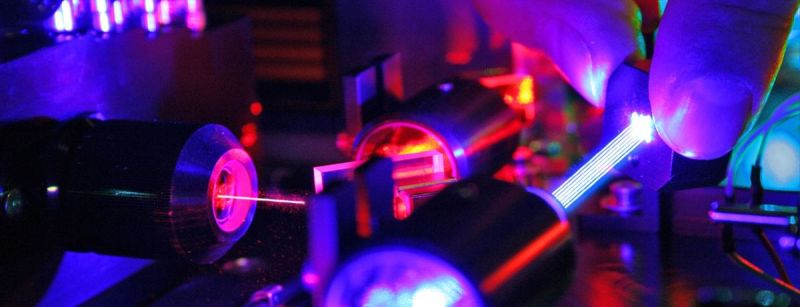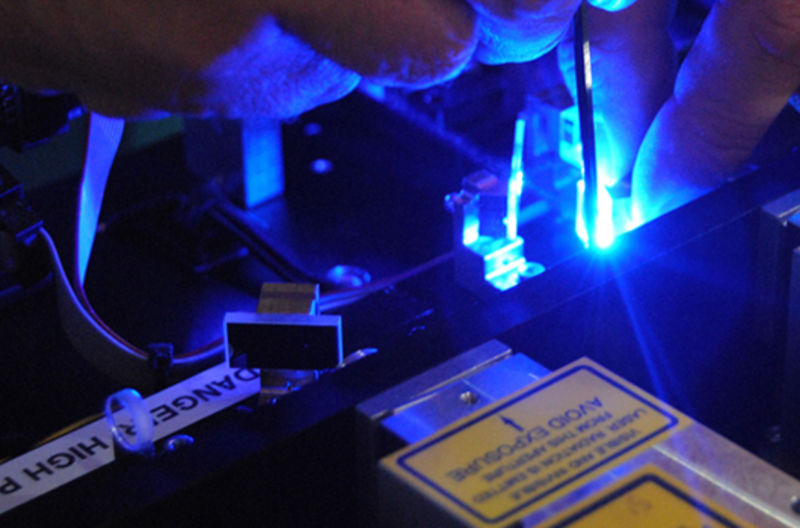It says it right there, photorefractive beam coupling, let's look it up, it's not a concave cyl, that will expand the beam.
It's possibly a bragg grate combiner.
I know what it says. That's why I included it in the picture snip. That phrase, however, means nothing to me nor do the very sparse search results for it.
Obviously the concave lens will expand the beams, but that can be corrected. The point of my post was whether a concave lens could be used to parallelize multiple beams. In fact, the the more global point of my post was whether any lens or refractive device could be used to parallelize/combine beams. You have not answered that.
Further, regardless of what photorefractive beam coupling means and regardless of whether it involves a concave lens, it uses some form of refraction to combine them. That's what I'm pursuing.
Last edited:







